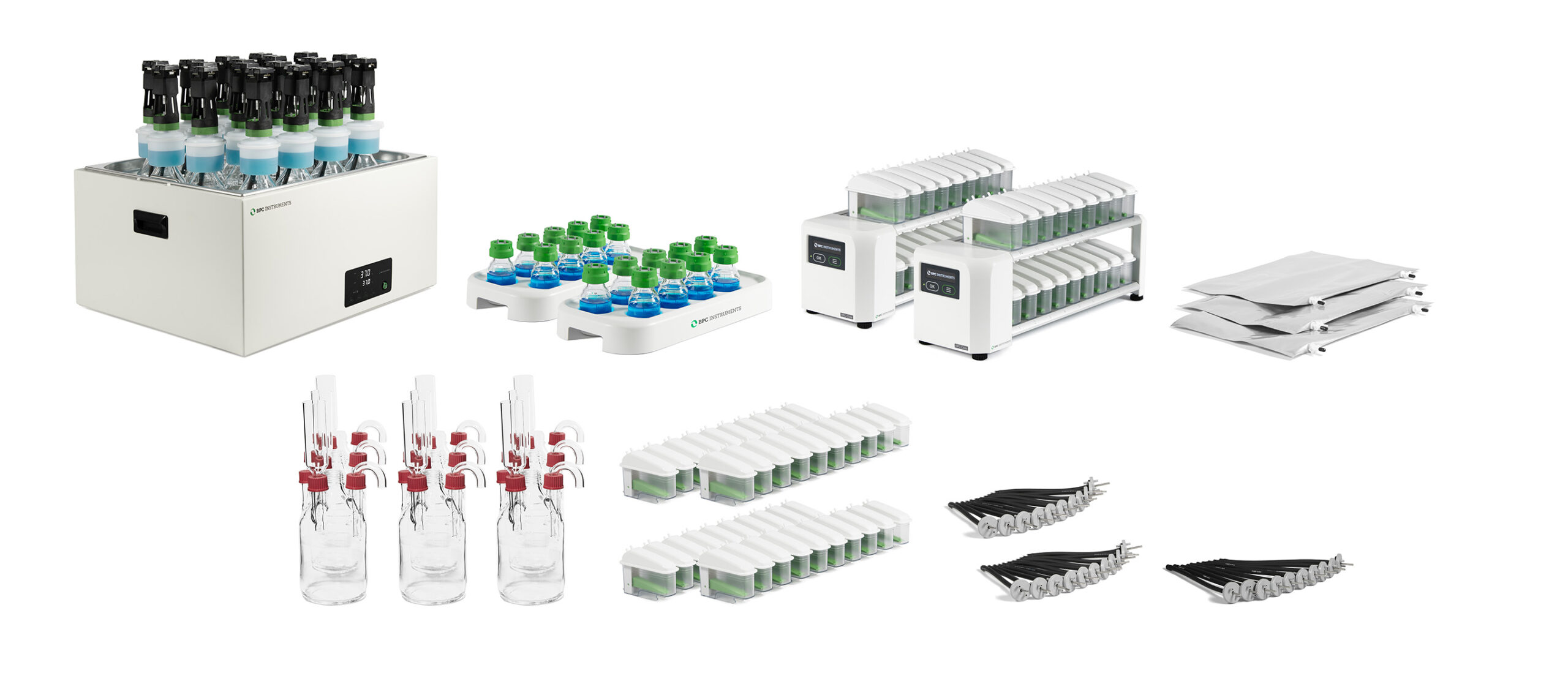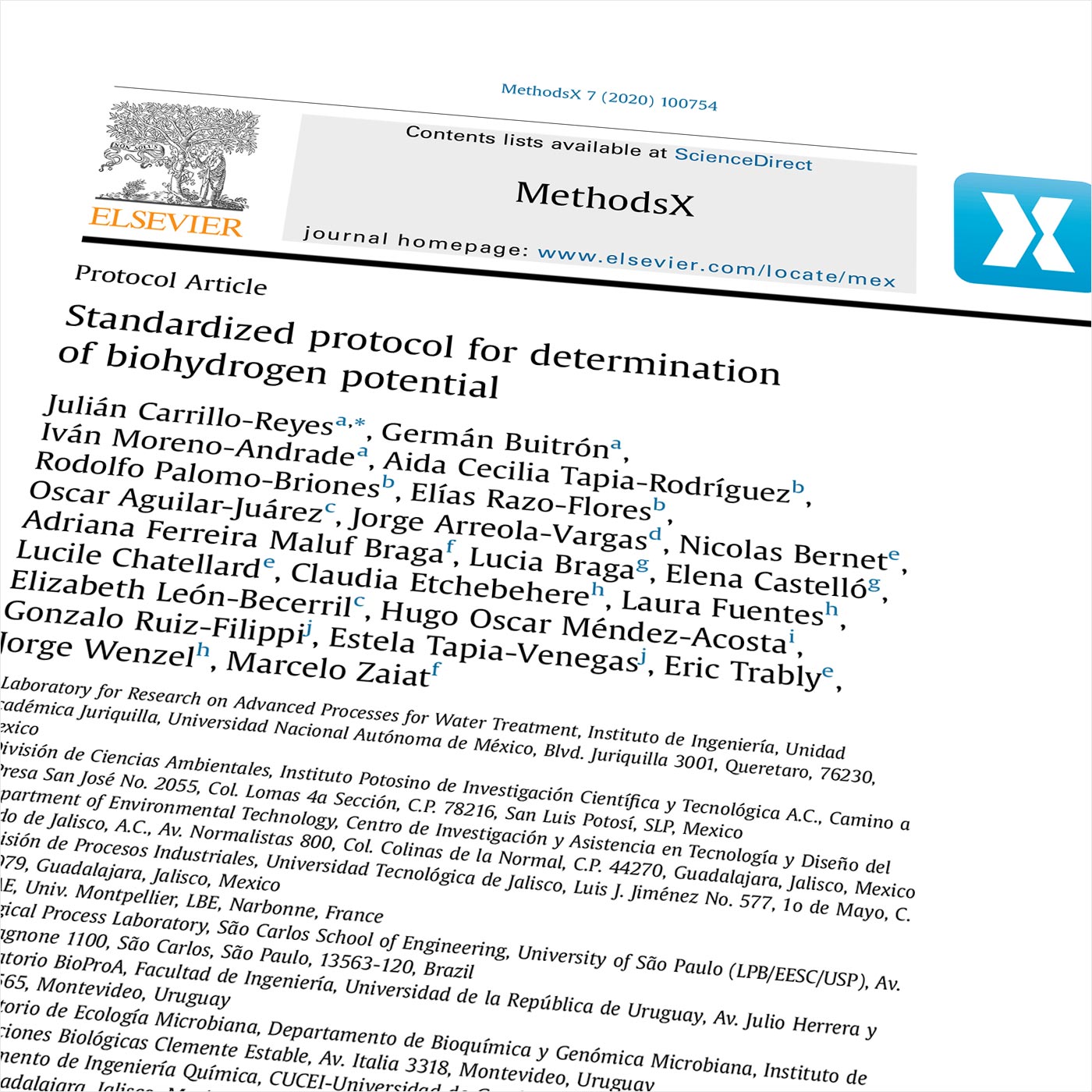Biohydrogen – clean fuel from dirty stuff
Tools for feedstock and process optimisation of dark fermentation
Hydrogen has shown enormous potential to be an alternative fuel of the future. Despite the progress in recent years, significant efforts are still needed in order to address a number of challenges for obtaining sustainable industrial-scale hydrogen production. Dark fermentation is the principal biohydrogen production pathway owing to its high biohydrogen production rate and its independence of an external light source. In fermentation-based systems, microorganisms, such as bacteria, break down organic matter to produce hydrogen. The organic matter can be refined sugars, lignocellulosic biomass sources, and even wastewater. The process of fermentative hydrogen production is complex. Apart from the type of microbial inoculum and the feedstock used for biohydrogen production, many other factors (e.g. pH, temperature, nutrients concentration, presence of inhibitors) influence the process. The assessment of biological hydrogen potential (BHP) is a common procedure to evaluate the substrate, inoculum and the operational conditions for process optimisation.
The AMPTS® III recommended by many scientists as the automatic device for continuous monitoring of hydrogen release in biohydrogen production batch assays. In comparison with the conventional test based on manual operation, the analysis precision (repeatability and reproducibility) can be significantly improved by reducing substrate concentration and increasing the buffer capacity with combination of using the automated measuring strategy demonstrated by the AMPTS. In addition, the automated protocol based on AMPTS reduces the workload time from 32 to 65% compared to the manual alternative. Even though only the AMPTS has been reported for biological hydrogen potential analysis, the Gas Endeavour® III could be an even better choice for the same analysis. Its modular design makes the instrument being more user friendly in both analysis and maintenance.






